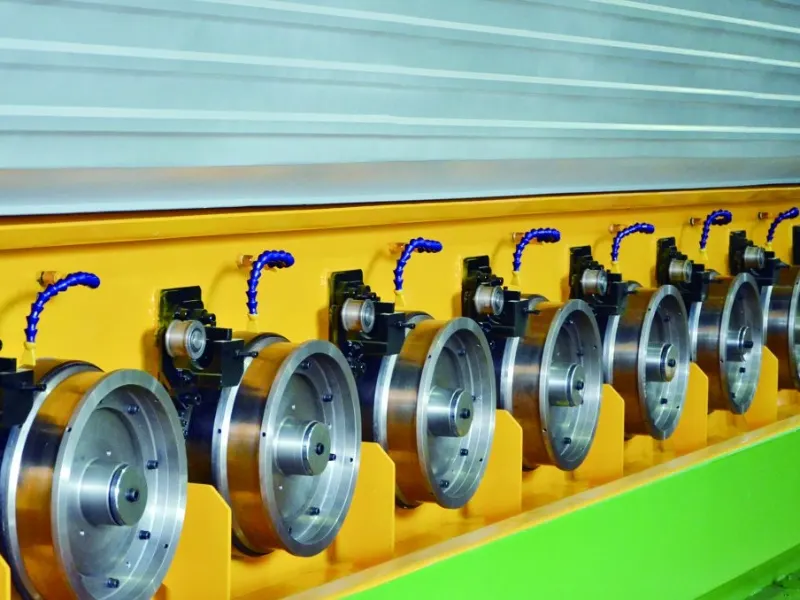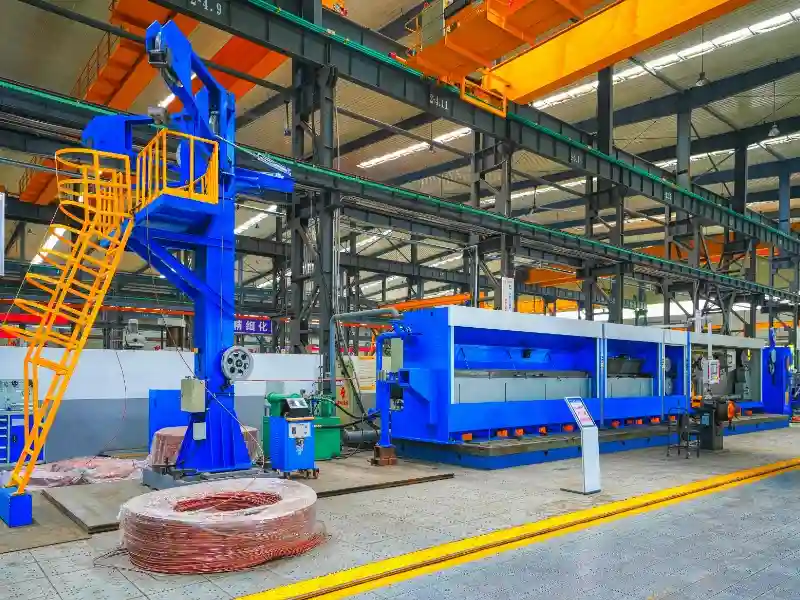The wire and cable manufacturing industry is a cornerstone of modern infrastructure, providing the essential components for electrical power transmission, communication, and a multitude of other applications. Within this industry, two fundamental processes stand out: wire drawing and bar drawing.
Despite their apparent similarities, these techniques serve distinct purposes and are executed with different machinery and materials. This article will explore the key differences between wire drawing and bar drawing, their respective roles in the production of wire and cable equipment, and the importance of each process in the making of wire and cable products.

Understanding Wire Drawing
Wire drawing is a metalworking process that involves pulling a metal rod or bar through a series of progressively smaller dies to reduce its cross-sectional area and create a wire of a specific diameter. This process is critical for achieving the desired properties in the wire, such as strength, ductility, and electrical conductivity. The primary materials used in wire drawing are metals like copper, aluminum, and steel, which are chosen for their specific characteristics relevant to the end application.
Key Features of Wire Drawing:
Reduction in Cross-Section: The primary goal is to reduce the diameter of the starting material to produce a wire.
Material Properties: The process imparts specific mechanical and physical properties to the wire, such as tensile strength and electrical conductivity.
Dies: Wire drawing uses dies with circular holes to shape the wire.
Applications: Wires produced through this process are used in a wide range of applications, including electrical wiring, telecommunications, and medical devices.
The Process of Bar Drawing
Bar drawing, on the other hand, is a process used to shape and size metal bars. It is similar to wire drawing in that it involves pulling the material through a die; however, the shapes produced can be rectangular, square, or other non-circular profiles. Bar drawing is used to produce bars that are used in construction, automotive, and various mechanical applications where structural integrity and specific dimensions are required.

Key Features of Bar Drawing:
Shape Variety: Bar drawing can produce a range of shapes, not just circular, which makes it suitable for structural applications.
Size Reduction: The process reduces the size of the metal billet to achieve the desired dimensions of the bar.
Dies: The dies used in bar drawing can have various shapes to produce bars with non-circular cross-sections.
Materials: Steel, aluminum, and other strong metals are commonly used to manufacture bars with high structural integrity.
The Role of Wire and Cable Equipment in Both Processes
Both wire drawing and bar drawing rely on specialized equipment to achieve precision and efficiency in production. Wire and cable equipment manufacturers design and engineer machinery that can handle the specific demands of each process. For wire drawing, the equipment must be capable of withstanding the high tensile forces required to draw the wire through the dies. In contrast, bar drawing equipment must accommodate the larger cross-sections and different shapes of the bars being produced.
Importance in the Making of Wire and Cable Products
The distinction between wire drawing and bar drawing is not merely academic; it has practical implications for the manufacturing of wire and cable products. Wire drawing is essential for the production of electrical wires and cables, where fine, uniform strands are critical for performance. Bar drawing, conversely, is vital for the creation of structural components and mechanical parts that require precise dimensions and shapes.
In the wire and cable manufacturing industry, understanding the differences between wire drawing and bar drawing is paramount. Each process serves a unique purpose and contributes to the production of a diverse array of products that are integral to our technological and industrial landscape. As the demand for specialized wire and cable equipment continues to grow, so too will the importance of these processes in shaping the future of manufacturing and innovation.
